Revisiting the best moments from Blue Planet II
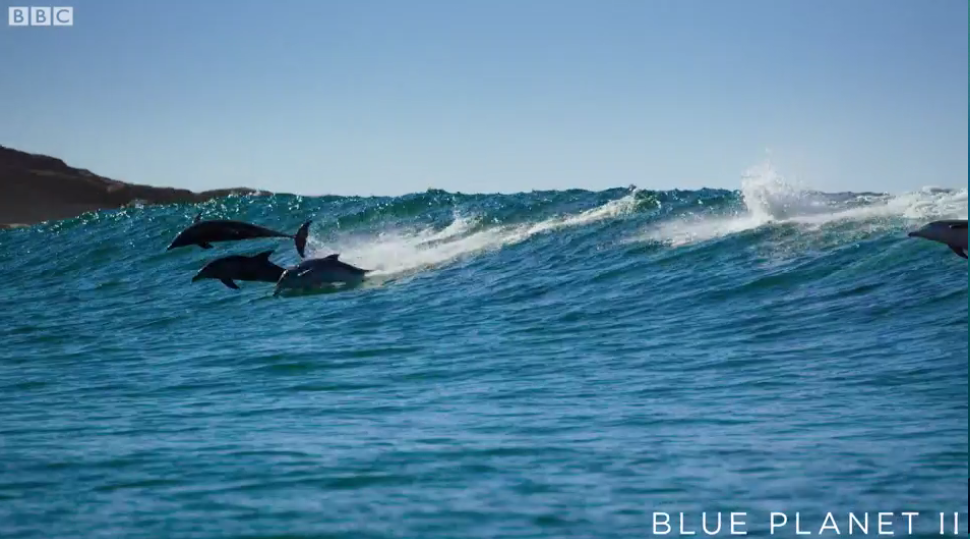
It was announced this week that a show featuring a full symphony orchestra performing the music of Blue Planet II will be touring the UK in 2019. Blue Planet II: Live In Concert will feature Hans Zimmer’s score being played over glorious HD projections of footage from the series itself. All in all, it looks set to be a fairly unmissable event for fans of the show.
This exciting announcement is also the perfect excuse to revisit the landmark series and pick out some of the greatest sequences from its seven episode run. Blue Planet II took around 4 years to film, involved over 100 expeditions to every corner of the globe and ended 2017 as one of the UK’s most watched TV shows. Combining stunning visuals with incredible insight into the natural world, Blue Planet II was a true televisual event that gave us countless memorable moments:
Ep1: Leaping trevally fish
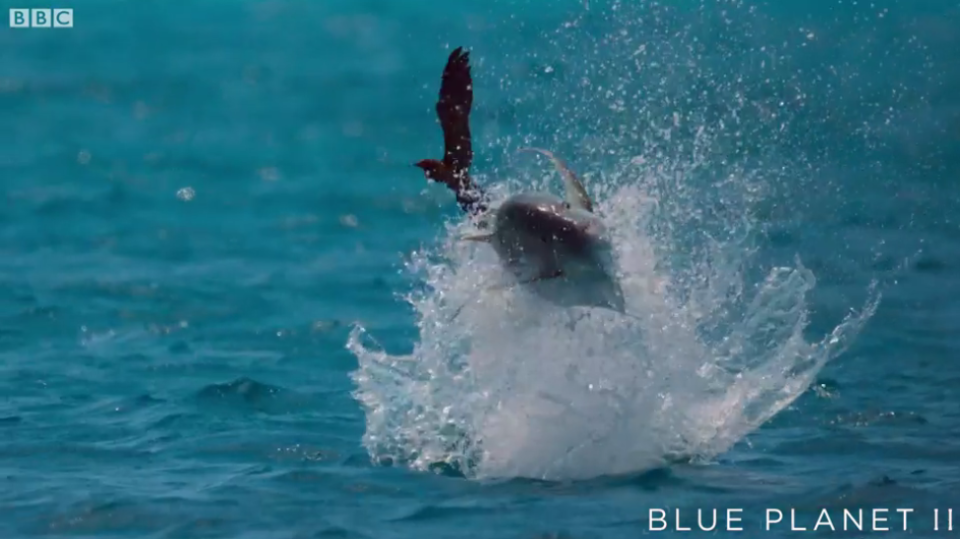
It’s a sight I can’t recall ever having seen before, but the BBC Natural History Unit managed to capture the exact moment when a giant trevally fish leapt from the water and caught an unsuspecting young bird in its mouth. It was a reversal of the traditional bird/fish dynamic and it proved to be a stunning but strangely chilling glimpse at the precision hunting methods adopted by the fish.
Ep 1: Tuskfish tools
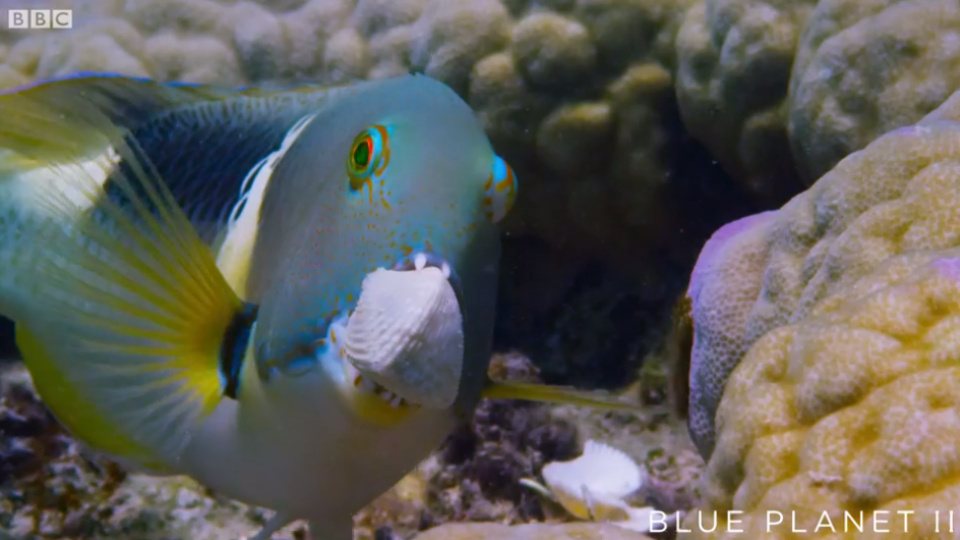
We don’t tend to consider fish as among the more intelligent of animals. However, this misconception was blown wide open in the show’s opening episode as we witnessed a tiny tuskfish utilising a rock to open up a clam shell. The dedication and determination on show was fascinating to watch as the tuskfish expertly solved this crucial problem.
Ep 2: Underwater lake of doom
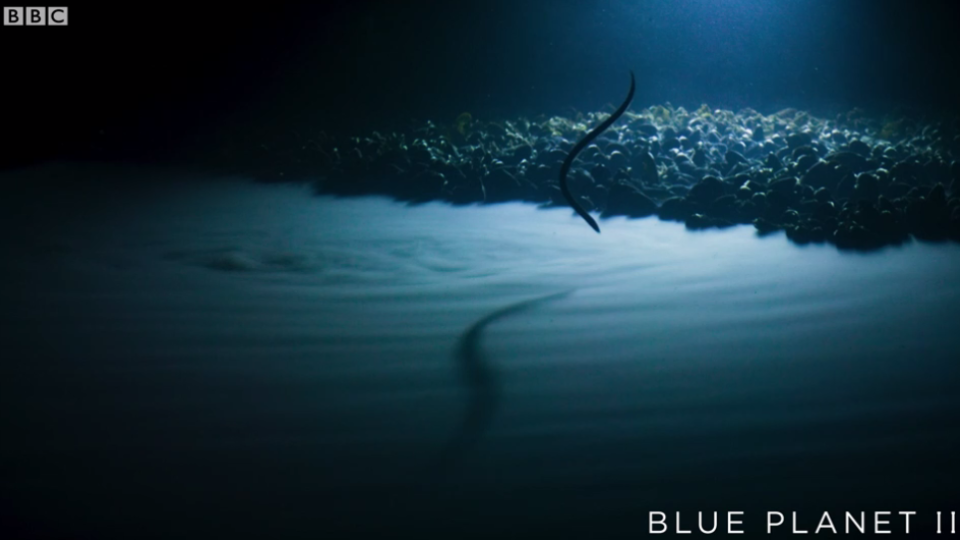
This was the moment that blew my mind more than any other on the show. In the dark depths of the deep ocean, there is an underwater lake. That lake is made of brine and is so toxic, that when an eel swims in there, it quickly enters into toxic shock. It’s a truly haunting and surreal image watching the eel convulse and twist in the briny pool, and it makes for a truly mesmerising visual framed by the dark stillness of the depths.
Ep 2: Sixgill feeding frenzy
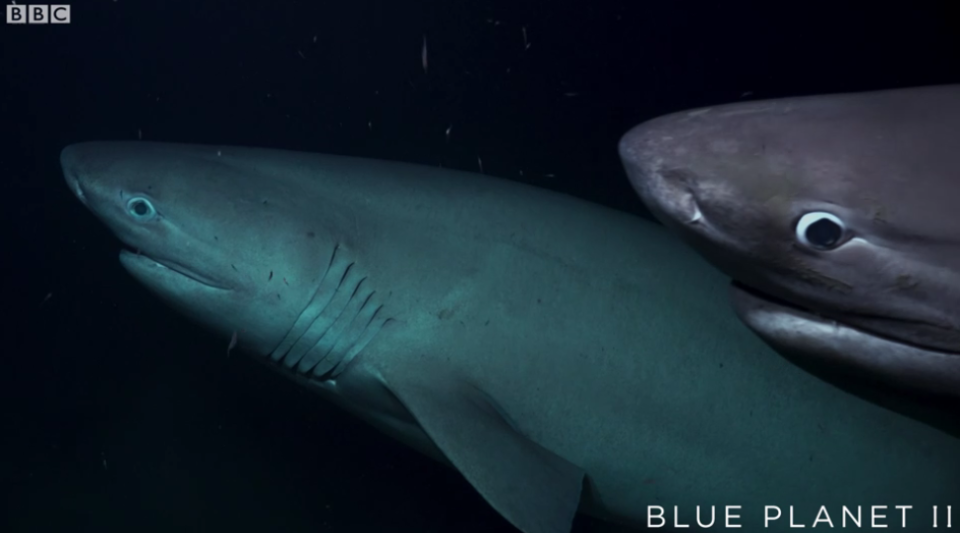
The sight of several sixgill sharks tearing apart a sperm whale carcass was an eye-opening look at these deadly predators in their natural habitat. While it was a cool moment to witness unfold, perhaps the most startling aspect of the sequence was the revelation that this meal would actually feed the creatures for an entire year.
Ep3: Bobbit worm
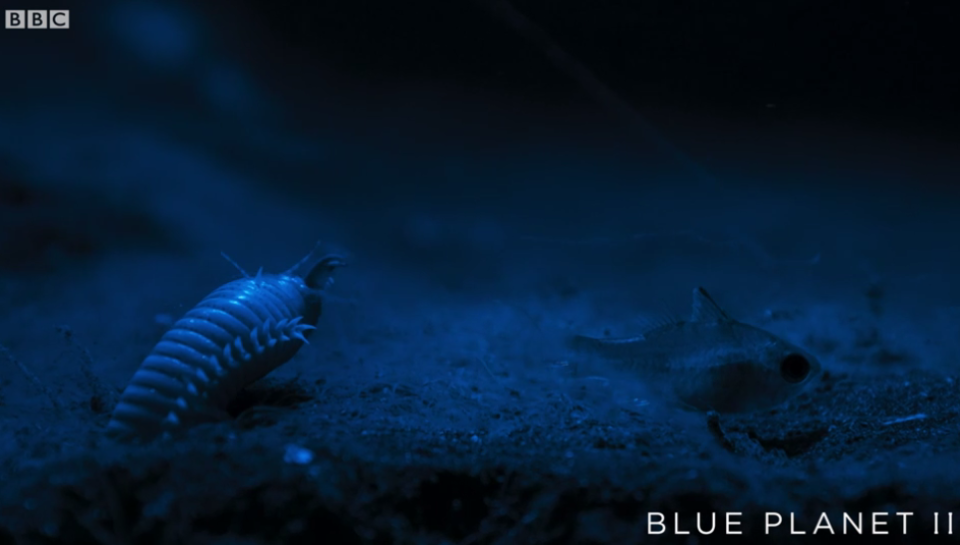
Thee sea can frequently appear utterly terrifying and a prime example of why was provided by the deadly bobbit worm. Lurking beneath the seabed itself, this long and hungry creature waits for an unsuspecting passing fish and then lurches from nowhere to spear it’s prey. It was a harrowing sequence that wouldn’t look out of place in a Sci-Fi movie.
Ep4 : The boiling sea
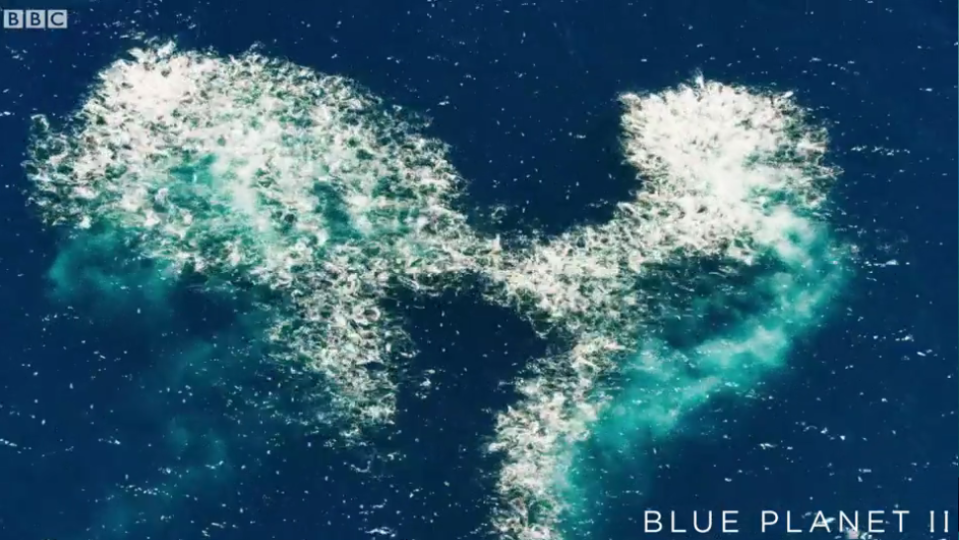
The BBC Natural History Unit’s ability to capture seldom-seen phenomenon is unparalleled. One prime example came when they managed to capture on film something known as “the boiling sea”. This surreal occurrence is caused by countless tuna and dolphins devouring lantern fish in such a fervent frenzy that it leaves the sea visibly frothing.
Ep5 : Octopus disguise
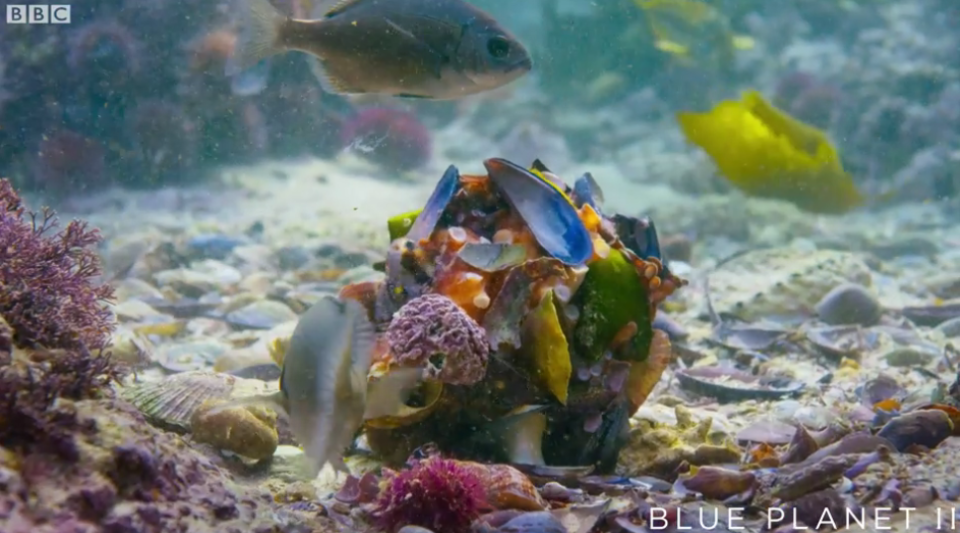
Nature never fails to amaze, and part of the joy of shows like the Blue Planet is when it manages to deliver amazing footage of never-before-seen animal behaviours. The BBC Natural History Unit really raised the bar with this scene however. In a wonderfully creative moment of desperation, an octopus surrounds itself in shells in order to hide from a pyjama shark before seamlessly slipping away.
Ep 6: Crab escape
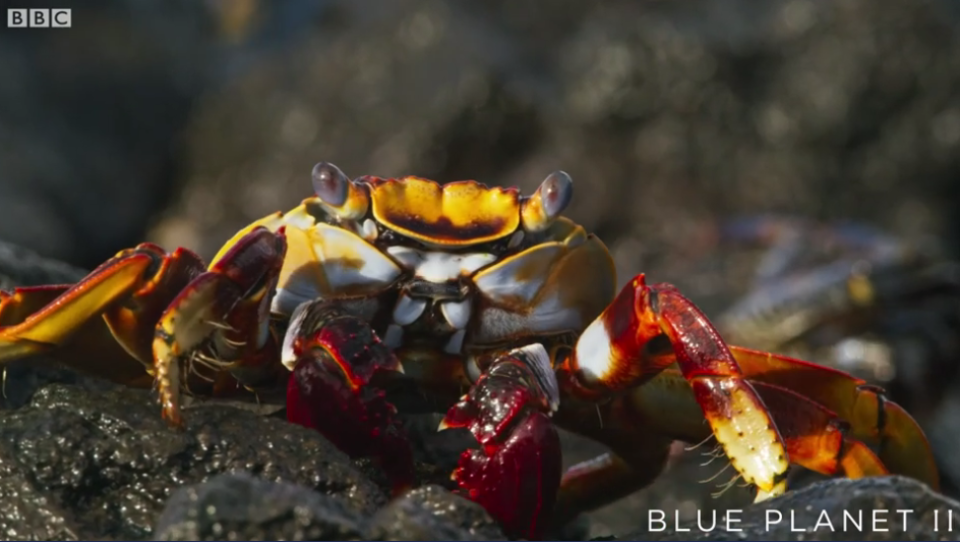
In a move akin to the dramatic iguana escape from Planet Earth II, the perilous journey of sally lightfoot crabsattempting to reach their feeding grounds was captured in nerve-shredding detail. The crabs are forced to scuttle from from rock to rock, dodging moray eels and octopuses at every turn. It was a harrowing and intense sequence that showed nature at its most cinematic.
Read more:
I’m Alan Partridge series 1 – Looking back at the greatest Partridge series to date
10 most exciting show to look forward to in 2018
Patrick Melrose: In praise of Sky Atlantic’s absorbing new series

 Yahoo Movies
Yahoo Movies 
